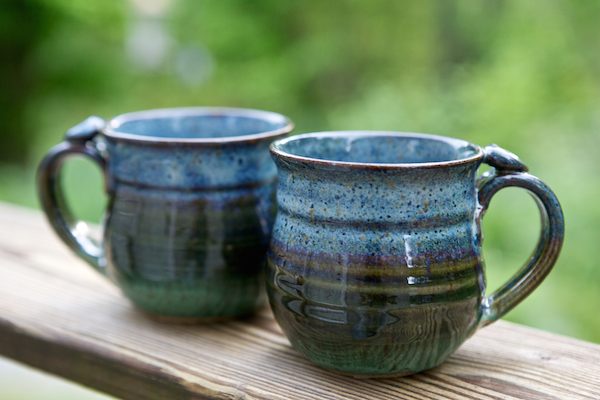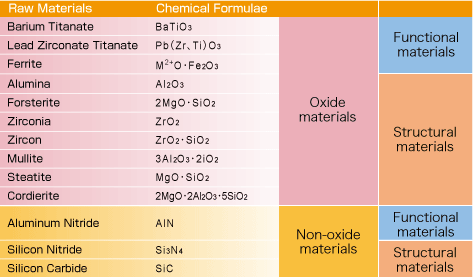Advanced ceramics and traditional ceramics are the main categories of ceramic materials.
Define ceramic materials also explain any four 4 types of ceramics.
Ceramics ceramics are classified as inorganic and nonmetallic materials that are essential to our daily lifestyle.
These material properties are utilized to produce number of commercial and domestic products such as pottery bricks advanced functional items etc.
They are formed by the action of heat and subsequent cooling.
Porcelain is a vitrified and a non porous ceramic ware.
Ceramic materials are inorganic non metallic materials made from compounds of a metal and a non metal.
Ceramic and materials engineers are the people who design the processes in which these products can be made create new types of ceramic products and find different uses for ceramic products in everyday life.
Some elements such as carbon or silicon may be considered ceramics ceramic materials are brittle hard strong in compression and weak in shearing and tension.
Ceramic is the name for some materials that are formed by the use of heat the word ceramic comes from the greek word κεραμικός keramikos chemically it is an inorganic compound of metal non metal or metalloid atoms held together by chemical bonds.
A ceramic material is an inorganic non metallic often crystalline oxide nitride or carbide material.
It also translucent in nature.
Whiteware types of ceramics whiteware type of ceramics.
They withstand chemical erosion that occurs in other materials subjected to acidic or caustic environments.
Ceramic materials may be crystalline or partly crystalline.
China clay 60 67 potash feldspar 17 30 quartz 10 15.



/hands-of-male-potter-holding-finished-vase-in-workshop-665479463-596284a15f9b583f180d5a3c.jpg)
























